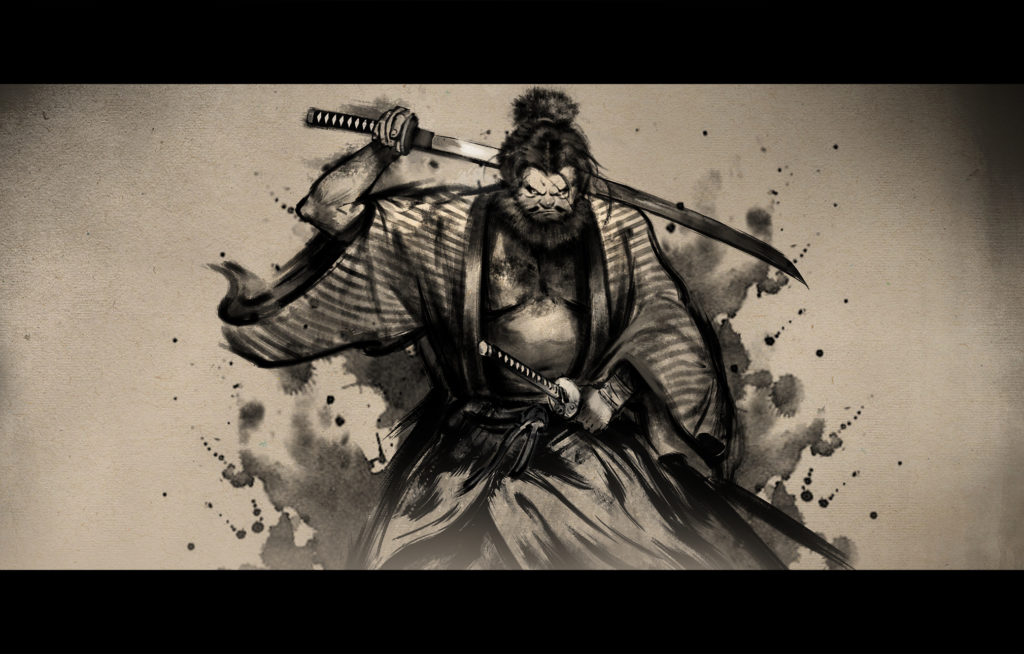
Vengeful ghosts are a staple of Japanese folklore. The most famous and the most culturally-relevant today is the onryo, a vicious ghost that indiscriminately curses those unfortunate enough to be near the spirit or the subject of its revenge. And among onryo, the most famous is probably the ancient samurai known as Taira no Masakado.
Taira no Masakado was born in either the late 800s or the early 900s and died on March 25, 940. In life, he was a wealthy landowner belonging to the Taira family, a noble clan descended from Emperor Kanmu. Masakado has been called the first samurai in Japanese history, as he was the first warrior of his class to create a powerful, self-governing faction.
In the 930’s, Masakado began a series of battles that claimed the lives of many of his blood uncles as well as warriors of the Minamoto clan, the Taira clan’s rivals. Using his imperial blood, he declared himself the new emperor, conquered several territories, and took advantage of the weakened Imperial Court to create his own. The peasants under his rule were treated well and viewed his insurrection as a salvation.
The emperor arranged for Masakado to be ambushed by a force that far outnumbered him and included his own allies. He was swiftly defeated, beheaded, and his head displayed as a warning to other rebels. The emperor even forbade anyone to give him a Buddhist burial or memorial, leaving his spirit to wander the Earth without hope of redemption. However, the severed head came to life and flew off in search of its body, spreading vicious curses as it flew.
Masakado’s head never found its body and eventually fell, where it was buried and enshrined. Since then, Taira no Masakado has been locked in a cycle. Every few hundred years, his name is disrespected or his shrine is destroyed, and the people of Japan are subjected to misfortune until reparations are made to his spirit.
Masakado’s grave was rebuilt after being destroyed in the Great Kanto Earthquake, World War II, and the American occupation of Japan. Each time, an attempt was made to repurpose the land until bad luck led people to restore Masakado’s monument instead. Today, the monument occupies prime downtown real estate, but it is still carefully preserved and honored.
In Tale of Ronin, Taira no Masakado’s story is already ancient and growing in popularity. The Edo period was a time of artistic exploration, learning, and entertainment of the masses. As tensions rise within the samurai class, the tale of the first samurai who rebelled against the emperor may serve as a lesson… or an example to emulate.